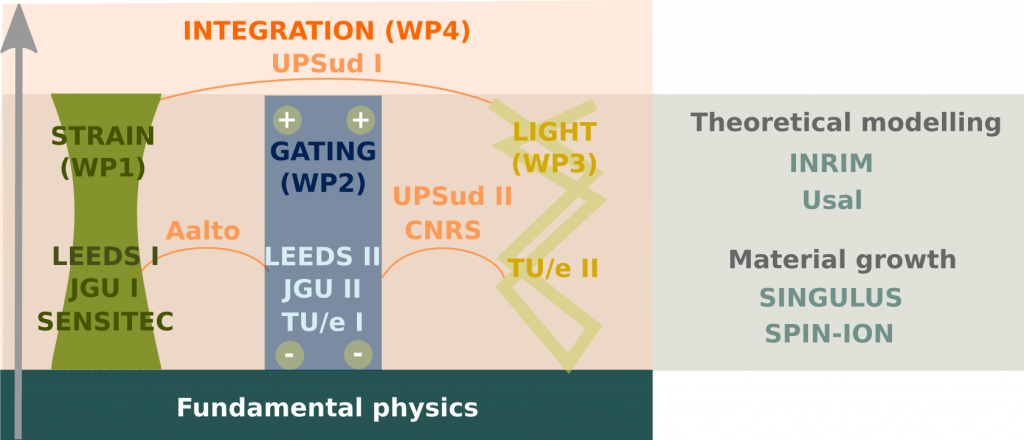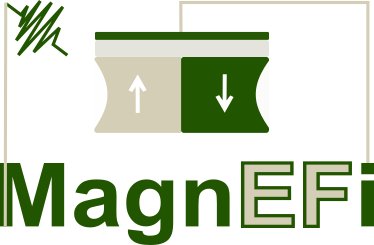
Here you can find a detailed description of our PhD projects but we also want to tell you about what is unique to ITN networks like MagnEFi, which is that the PhD projects go together with a rich and broad training programme. The training includes basic and modern aspects of spintronics as well as of other exiting emerging fields such as artificial intelligence but it also includes topics like entrepreneurship, scientific writing, communication skills and intellectual property. Another important part of the training is secondments, which consists in visiting other partners of the network to learn about their specific techniques and to establish collaborations which will interconnect experimenters and theorists, basic scientists and engineers, and academia and industry making MagnEFi interdisciplinary, intersectoral and international.
In addition, we have a part of our training programme dedicated to preparing our PhD candidates for the future beyond MagnEFi, that is by providing courses on writing competitive job applications for academia and industry, writing high-impact research proposals as well as on preparing job interviews.
Please follow the links below for a detailed description of each individual PhD project and the specific requirements for applicants. The projects are listed according to the topics detailed in the figure above:
LIGHT
TU/e II: All-optical magnetic switching and photonic circuit integration
STRAIN
Leeds I: Interaction of surface acoustic waves and magnetic thin films
JGU I: Influence of dynamic strain on antiferromagnetic ordering
Sensitec: Control of strain in magnetoresistive elements and its utilization
GATING
JGU II: Ferroelectric gating of the antiferromagnet/ferromagnet coupling
TU/e I: E-field gating of interlayer exchange coupling
Leeds II: E-field gating of magnetic multilayers with structural inversion asymmetry
INTEGRATION
UPSud I: Photo-induced strain control of magnetic domain wall motion in
nanostructures
UPSud II: Photo-active ionic gating
CNRS: Combined gating and optical control of skyrmion-bubbles
MATERIALS
Spin Ion: Interface engineering by He+ ion irradiation
Singulus: Advanced Materials Deposition
THEORY
INRIM: Modelling the impact of E-fields on magnetic interface phenomena
Usal: Modelling magnetization dynamics in piezoelectric/magnetic devices
